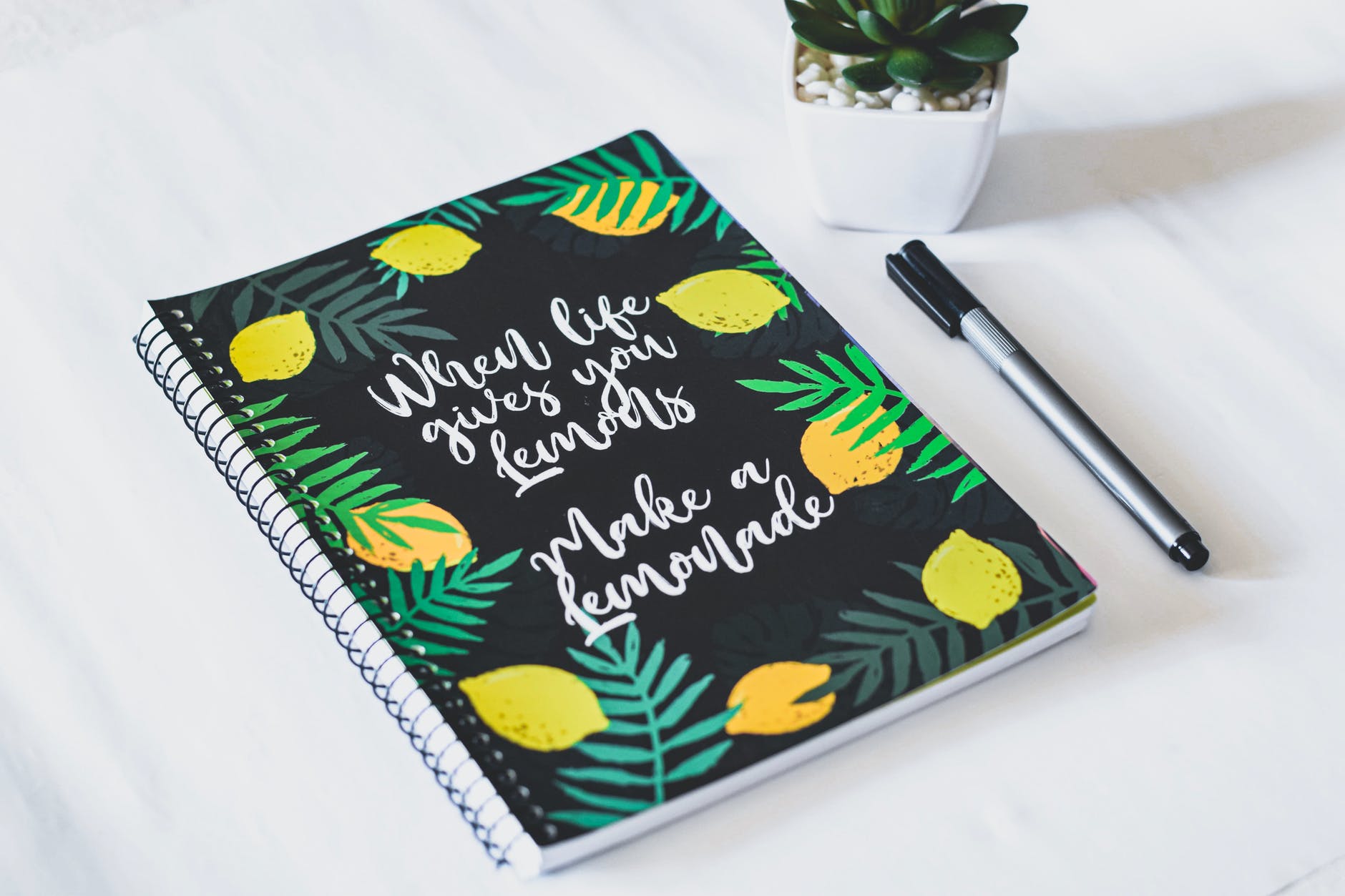
If your school is like mine, you are either preparing for or already are involved in distance learning for your students. While I haven’t yet experienced distance learning in the long-term, I have thought about it quite a bit, have technology experience as a teacher at a 1:1 school, and have a few subscription-free resources to share. Some of these I use for American history (I teach 8th grade) and others are for Ancient Civilizations (I teach 5th grade).
It is not best practice to introduce new apps or platforms for e-learning during an emergency shut-down; however, I find these to be the most intuitive for students and teachers in a pinch.
My YouTube Lists
Over the years I have curated several appropriate, accurate videos that can be used to introduce or reinforce material being taught. Subject matter my lists include are:
- Hamilton/Burr Duel
- John Adams
- Marbury v. Madison
- The Declaration of Independence
- George Washington
- The Thirteenth Amendment
- Stonewall Riots
- African Geography
- Code of Hammurabi
- Ancient Egypt
- Anansi the Spider
Newsela
Newsela is a game-changer and a lifesaver– and the best part is that the free features are plenty to get you through periods when you won’t see your class. During the COVID-19 Crisis, Newsela has opened up its pro features for FREE. Here are a few wonderful things about Newsela that make it a perfect resource to use for distance learning (and when you return to school):
- It is fully compatible with Google Classroom. Once you sign in, you can import all of your students and assignments you create through Newsela will go directly to your Google Classroom in a seamless process. But, you don’t NEED Google Classroom to add each student- it works with a variety of platforms or no platform at all!
- The reading level of Newsela’s articles is adjustable depending on your students. You can set the reading level, but as your student keeps reading, as long as you have them complete the reading skills quizzes included with each article, Newsela will intuitively adjust the reading level for your student.
- Reading skills quizzes are included and quiz a variety of skills. They are 4 questions and multiple choice.
- You can create a writing prompt for the article for students to answer in a pane next to the article.
- Students can highlight and annotate right in their Newsela browser window, and YOU can see it.
Nearpod allows you to create interactive lessons on slides that can either be controlled by you if you are doing synchronous learning of can be student-paced if you are doing asynchronous learning. Nearpod has a free version that is limited, but it is workable! In the free version, you can create polls, interactive quizzes, open-ended questions, and slide-shows. The ability to do formative assessment throughout the slideshow and also start conversations between students is a great way to keep them connected when you’re not at school– these slideshows aren’t static, they’re INTERACTIVE– and Nearpod has a library of free, pre-made slideshows you can use. Students do NOT need to create a login or an email to use this service.
FlipGrid

Flipgrid is another great tool whether you’re teaching from home or in the classroom! It is a virtual meeting place for your class where students can record themselves asking and answering questions or record responses to prompts set by you. Each prompt goes under a separate “topic” in your online class, or grid. Again, this is free, though there is a pro version you can purchase. I plan on using Flipgrid to help students have face-to-face discussions even when they aren’t together. A student can post a video and other students can respond either by typing a comment or posting another video. Flipgrid has a setting that will allow you to preview videos before students post them, too, so you don’t have to worry about someone posting anything inappropriate. You can change the setting to give kids a certain amount of time (30 seconds to 5 minutes) to have a “conversation,” and you can attach videos, documents, links, Neweslea articles, Nearpod slideshows, and more to enhance your grid. Students do NOT need to create a login or an email to use this service.
Smithsonian Learning Lab

The Smithsonian Learning Lab allows you to curate primary sources in the Smithsonian collection for students to view, and you can also attach your own activities to those collections. The content you can choose from is audio, images, video, and text. You can even find a published collection to adapt to your students’ needs and annotate the sources for your students to help their understanding. This is an excellent way to continue primary source work with students while they’re at home, and the images are stunning.
